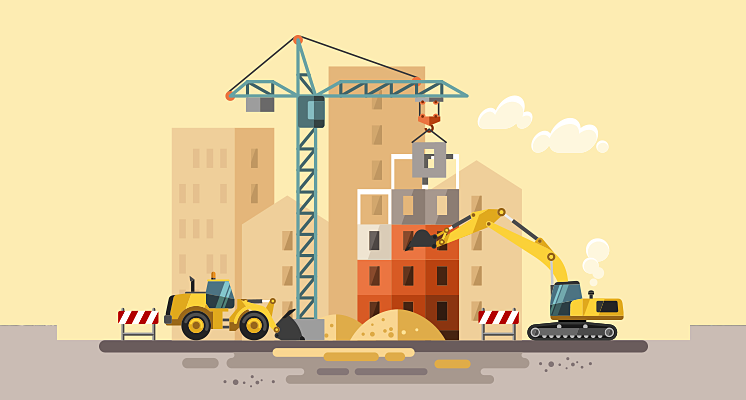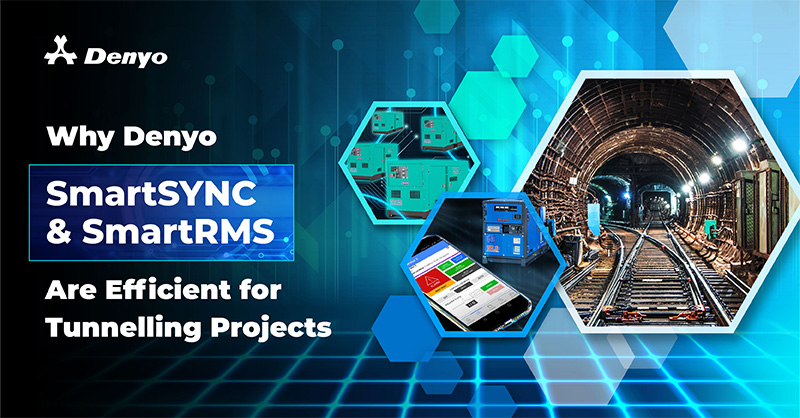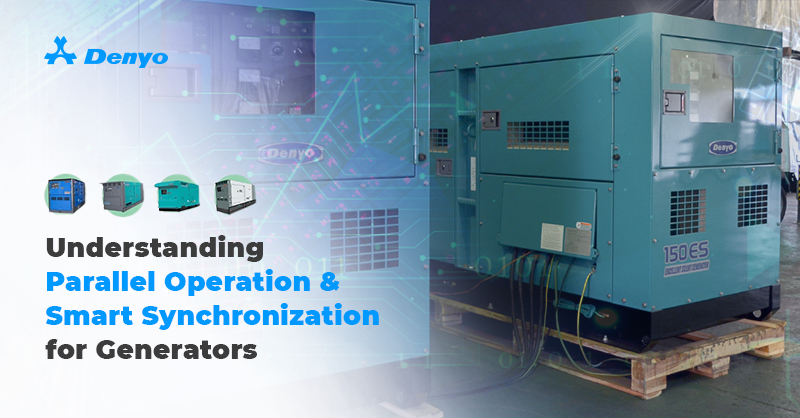5 Factors To Consider When Selecting A Generator For A Construction Project

Generators are the essential heartbeat of construction sites, infrastructure projects and outdoor events around the world, among many other operational applications. It is especially critical at construction sites where grid power is not available or unfeasible.
Deployed as a portable, on-demand power source, a generator’s contribution to the productivity and operationality of any project cannot be overstated.
It is therefore extremely critical to ensure that the deployed generator is a highly reliable one, providing the perfect balance of optimised power output versus fuel efficiency or physical size, in midst of other considerations, so that the project can be carried out as scheduled.
1. Running operability
In the modern world, everything is moving at an increased pace, construction projects having no exception. The race against time means that deadlines for construction work are being increasingly squeezed, with both machinery and labour required to push in extra hours every working day to push for completion. Indeed, many sites practise around-the-clock shifts in order to complete the projects on schedule.
In these time-critical scenarios, it is not uncommon for machinery to be subject to continuous operation for long periods of time without cooling down, often clocking double-digits in hours at one go.
If the equipment is not of quality build, it can easily succumb to conditions such as overheating, wear and tear, as well as circuitry tripping. This grinds the entire workflow to a complete halt and could cost precious hours and money to recover from, not to mention the potential financial damage from contractual penalties.
It is extremely important that the generator – which will power many of these equipment and machinery, is even more durable and can rise up to the challenge of the toughest operating requirements.
2. Noise
A good number of construction projects around the world takes place in highly urbanised and densely populated areas. These locations are bustling with human activities of all kinds, be it commercial, residential or recreational.
This means that noise levels at construction sites within these areas have to be minimised as much as possible so as not to affect the quality of life and related activities in the vicinity, often with regulations and enforcements set by the relevant government authorities.
It is therefore important to consider generators that emit very low levels of sound during active operation. Denyo’s range of ultra silent, high-capacity generators for instance are ideal for such deployments, with sound emission levels as low as 61dB.
3. Pollution
Even when noise is not a major consideration, general pollution of the construction sites – such as fuel spillage and waste discharge – is still a fundamental concern with strict regulations and corresponding penalties being enforced by the authorities.
With environmental issues being increasingly prominent in today’s socio-economic conversations, in both the political and commercial communities, even in developing countries and emerging markets (where such issues previously took a back seat in deference to development and progress), government agencies have been getting more and more active in putting in place the requisite pollution controls.
To take full advantage of the vast opportunities construction projects in these regions can bring, it is important that you get off on the right footing by having the right equipment that don’t give you pollution problems.





